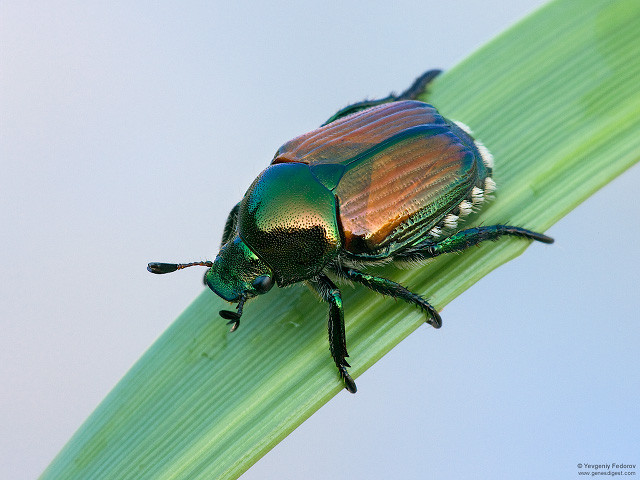Differences in Ecosystem Carbon Distribution and Nutrient Cycling Linked to Forest Tree Species Composition in a Mid-Successional Boreal Forest
In the boreal forest of Alaska, increased fire severity associated with climate change is expanding deciduous forest cover in areas previously dominated by black spruce (Picea mariana). Needle-leaf conifer and broad-leaf deciduous species are commonly associated with differences in tree growth, carbon (C) and nutrient cycling, and C accumulation in […]
